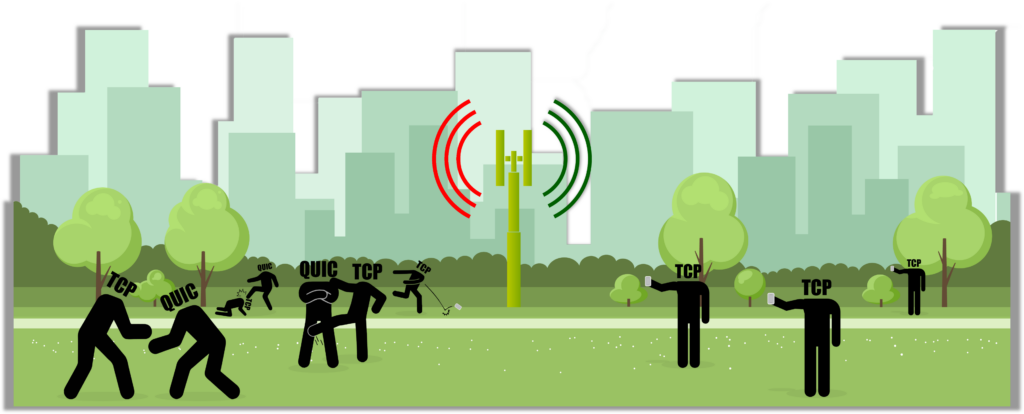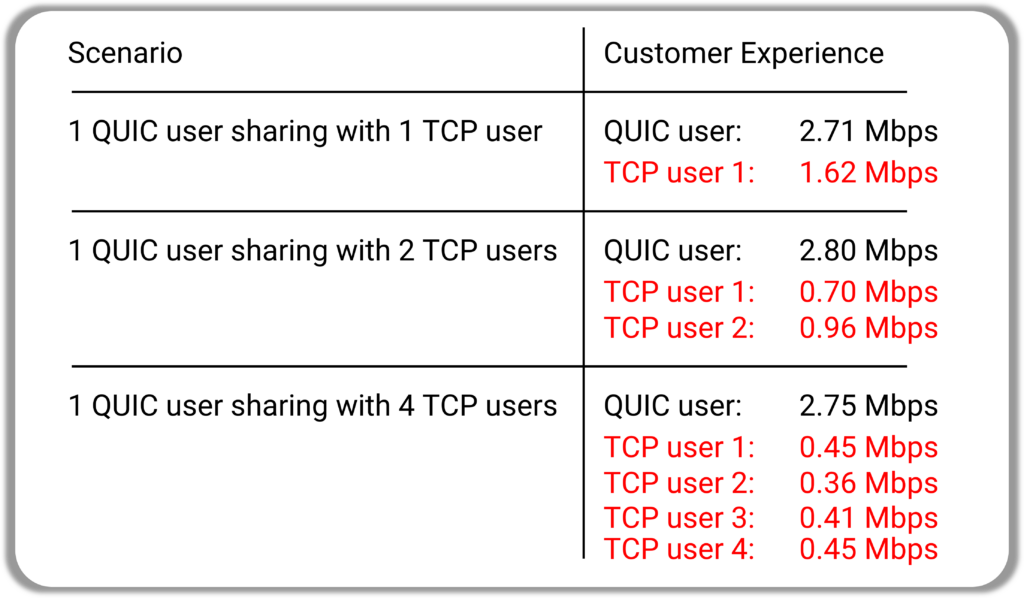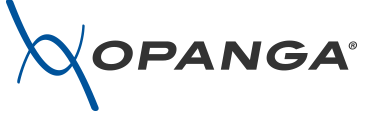Adoption of QUIC and its Impact on Network Congestion
Mobile operators invest billions in network densification CAPEX to protect customers from low data speeds. When data speeds on a cell tower are consistently low, RAN KPI capacity triggers are used to initiate a cell site upgrade investment process whereby cell splitting, spectrum addition and/or advanced antenna systems are deployed to restore data speeds and adequate Consumer Experience.

What is the predominant cause of capacity triggers and network CAPEX demand?
QUIC causes reduced data speeds and applications that use QUIC protocol cause the majority of network capacity triggers. QUIC is the predominant driver of network densification CAPEX today. These QUIC based applications starve TCP data sessions of their Fair Share to network resources, thereby forcing them to lower throughput levels and breaching the capacity trigger threshold.
What is the predominant cause of capacity triggers and network CAPEX demand?

TCP protocol is built on the premise of Fair Share, enabling multiple simultaneous TCP applications to share bandwidth such that all the applications perform equally. Fair Share works when TCP applications are faced with network congestion at which point the protocols react to “back-off” their transmission rates in proportion to congestion levels. QUIC on the other hand is an “unfair” protocol that is designed to exploit the “fairness” of TCP. QUIC was designed such that when faced with congestion, QUIC applications will aggressively absorb the bandwidth yielded by TCP Fair Share. Thus, the Fair Share paradigm is breached, and cell site performance is significantly degraded with QUIC.
What can mobile operators do?
Building a bigger network and deploying more cell site hardware will not solve this challenge – QUIC will fill the pipe that it is provided. Mobile Operators should embrace Machine Learning software innovation to solve this digital communication challenge.
Opanga’s Peregrine is a good example. Peregrine is a Radio-Aware Multi-Protocol RAN Optimization solution that deploys rapidly in the mobile core. Opanga’s RAN Optimization solutions optimize 20Tbps of mobile traffic today globally – reducing network congestion by over 50% and dramatically increasing mobile user data speeds.





